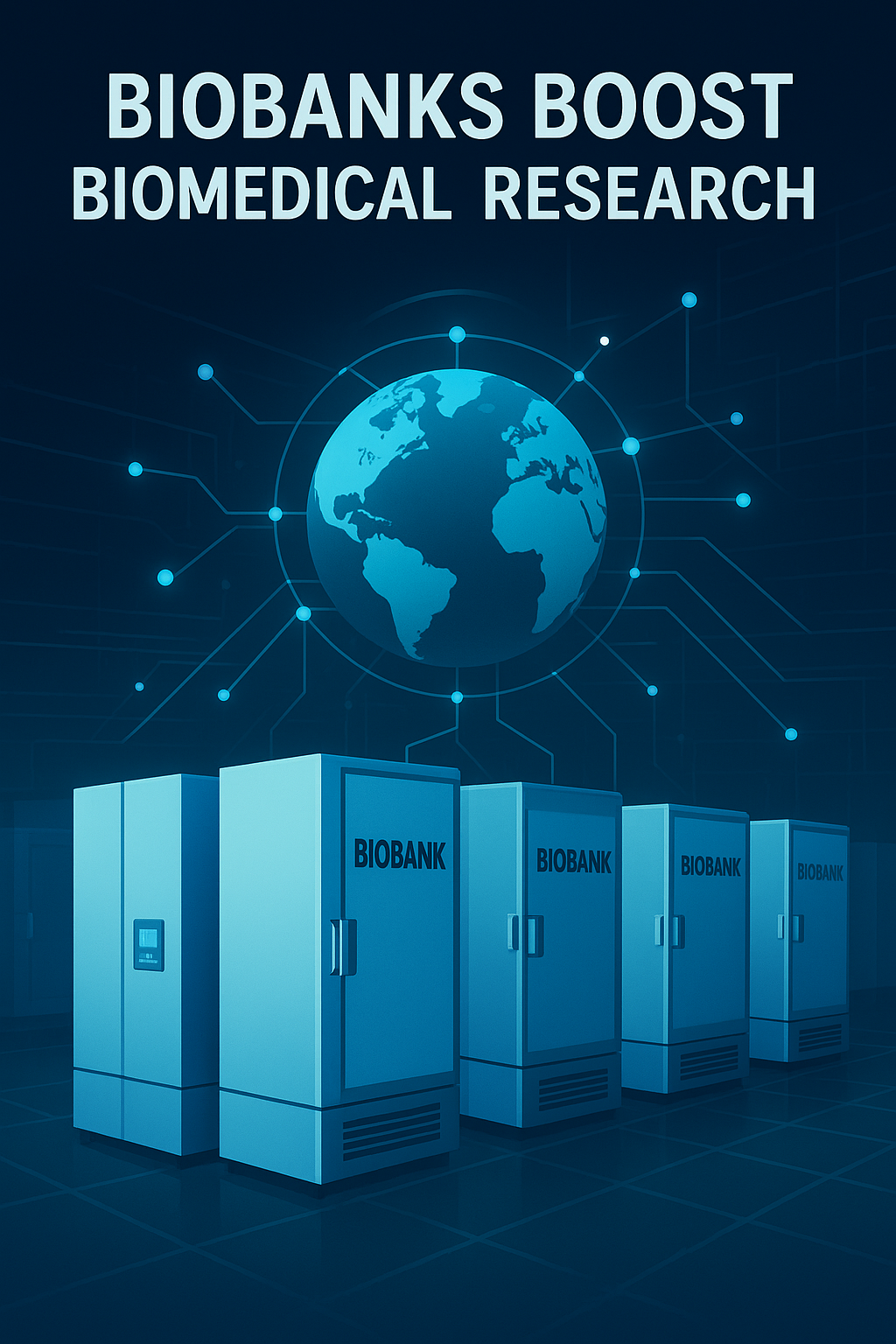Highlights
- Biobanks store biological samples and health data for reuse by researchers worldwide.
- Resources like the UK Biobank and All of Us program give access to millions of participants’ data.
- Biobanks can accelerate projects by providing large, diverse datasets, often at lower cost than collecting new samples.
- Access involves navigating fees, regulations, and ethical guidelines — but collaborations with biobank staff can help.
- Making biobanks more FAIR (Findable, Accessible, Interoperable, Reproducible) ensures long-term sustainability and broader use.
TLDR
A Nature Technology & Tools article by Jyoti Madhusoodanan highlights how biobanks — from local hospital collections to global initiatives — are transforming biomedical research. They provide crucial samples and data, bridging gaps for scientists worldwide, but require collaboration and clear policies for equitable access.
From Freezers to Global Research Hubs
In 2024, biomedical engineer Rafaella Rogatto De Faria at the University of São Paulo, Brazil, needed a large dataset to identify biomarkers predicting success in knee-replacement surgery for people with osteoarthritis.
Her team started with a modest biobank of 200 local patients, but soon tapped into the UK Biobank, which gave her access to data from 40,000 people with osteoarthritis, including 20,000 who had undergone knee-replacement surgery. This massive leap enabled more powerful statistical analysis.
Such stories show how biobanks are evolving from simple freezers of samples to sophisticated data hubs that fuel scientific discovery.
The Roots of Biobanking
Biobanking took shape in the late 1980s and early 1990s alongside advances in DNA sequencing and computing power. Early efforts were often ad hoc, led by individual labs storing patient tissues for their own research.
As Jennifer Byrne, now a molecular oncologist at the University of Sydney, recalls, studying rare pediatric tumors often meant rushing to collect donated surgical tissue. These informal collections eventually laid the groundwork for structured, sharable biobanks.
Today, leading biobanks like the UK Biobank, the Mexico City Prospective Study, and the NIH’s All of Us program store not only tissues and blood but also genetic data, imaging, and lifestyle information.
Matching Projects to the Right Biobank
Researchers face choices between:
- Large national biobanks with millions of participants, ideal for population-level studies.
- Specialized institutional or disease-specific biobanks, which provide richer metadata for targeted research.
Experts like Amanda Rush at the University of Sydney emphasize that picking the right biobank — based on project size, cost, and data depth — can determine success.
Biobanks are most valuable when paired with collaboration. As Gianpiero Cavalleri at the Royal College of Surgeons in Ireland notes, accessing samples often involves working with the original collectors, who can share critical contextual insights.
Overcoming Barriers
Using biobanks can still be challenging:
- Costs: Access can range from a few thousand dollars to much more, depending on the size and type of data.
- Logistics and regulation: Shipping biological materials and complying with privacy and ethical standards requires careful planning.
- Biases in data: For example, the UK Biobank is mostly European and over-40, which may limit its use for certain diseases.
Initiatives like the UK Biobank’s Global Researcher Access Fund, which waives fees for many researchers in low- and middle-income countries, are helping to democratize access.
Turning Samples into Shared Knowledge
Modern biobanks often require researchers to return derived data — such as genomic analyses or imaging results — after an initial period of exclusivity. This ensures that every sample or dataset benefits multiple studies, increasing the value of each contribution.
Efforts to make biobanks follow FAIR principles further improve their utility, creating a truly collaborative ecosystem for biomedical research.
Looking Ahead
As Alex Chaitoff at the University of Michigan observes, the future lies not only in the size of the data collections but also in the support and expertise biobank staff provide. Far from being locked vaults, today’s biobanks are active partners in discovery.
The goal is simple but profound: to honor participants’ contributions by ensuring their samples and data drive as much science as possible — accelerating progress in understanding diseases, improving treatments, and ultimately saving lives.
Source: Madhusoodanan, J. (2025). Using biobanks to boost research: A how-to guide. Nature. https://doi.org/10.1038/d41586-025-02813-2

